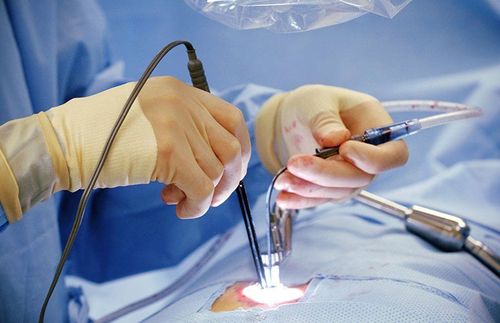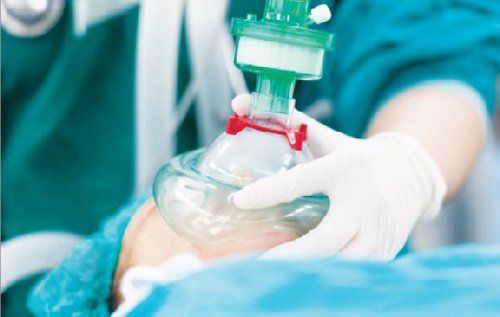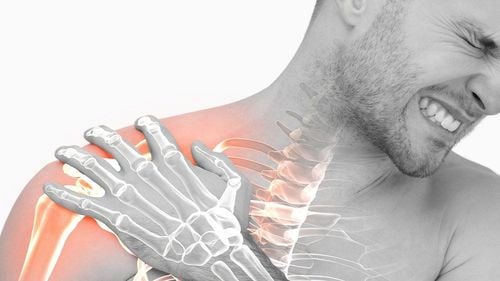This is an automatically translated article.
The article was professionally consulted by Specialist Doctor I Nguyen Duc Thong - Anesthesiologist - General Surgery Department - Vinmec Danang International Hospital.Anesthesia is a method of general anesthesia that inhibits the central nervous system, making the patient lose consciousness to fall into a state of sedation, pain relief and muscle relaxation. For fusion surgery in shoulder blade fractures, laryngeal mask anesthesia is the most common anesthetic method.
1. What is a shoulder blade fracture?
A shoulder blade fracture is a triangular bone that connects the upper arm bone to the collarbone and chest wall. In fact, there are many muscles around the shoulder blade that have the function of strengthening and protecting the bone, so it is very difficult to break the shoulder blade, only major injuries such as traffic accidents, sports, falls It is the fall that causes this condition.Laryngeal mask anesthesia (laryngeal mask anesthesia) is a general anesthetic technique with a laryngeal mask placed for the purpose of controlling breathing during surgery. This is a common method used in surgery to combine shoulder blade fractures to help the surgery achieve good results.
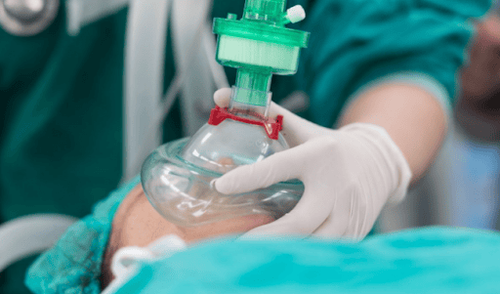
Gây mê giúp mổ kết hợp xương gãy xương bả vai đạt hiệu quả
2. Indications and contraindications in laryngeal mask anesthesia
Indications for laryngeal mask anaesthesia include:For difficult, dysventilated or non-ventilated intubated patients Airway and respiratory control under general anesthesia in certain surgeries temporary airway and breathing in the emergency room. In addition, some contraindications to be noted for this method of anesthesia are as follows:
Patient's stomach is full: Patient has not been fasted for 2-8 hours depending on the type of food Patient has lesions maxillofacial complications due to trauma or infection Medical facilities do not have enough facilities for anesthesia and resuscitation.

Không gây mê mặt nạ thanh quản khi dạ dày bệnh nhân đầy
3. Steps to administer laryngeal mask anesthesia
Preparation phase:Patient position: supine with 100% oxygen 3-6 L/min before induction of anesthesia at least 5 minutes Install monitor and establish effective infusion. Induction phase: use sleeping pills, analgesics, muscle relaxants (if necessary). The condition for placing a laryngeal mask is that the patient sleeps deeply and has enough muscle relaxation.
Technique for placing a laryngeal mask:
The patient's head is placed in an intermediate or slightly tilted position. Hold the larynx mask like a pen, and place the index finger at the junction between the laryngeal mask and the tube. One hand opens the patient's mouth, With the other hand, bring the laryngeal mask through the dental arches to the base of the tongue, place the back of the mask on the hard palate, push the mask to slide along the hard palate to enter the hypopharynx Stop when encountering resistance Inflate the cuff in the correct volume direction instructions on the mask Check the tightness of the laryngeal mask to avoid gas leakage, easy ventilation Check the correct position of the mask by listening to the lungs and EtCO2 results Fix the mask with adhesive tape. Anesthesia maintenance phase:
Maintain the patient's anesthesia with intravenous anesthetic (using a target concentration-controlled TCI) or volatile anesthetics, analgesics, and muscle relaxants that are repeated injections based on the anesthesia of the patient. NB. Control your breathing with an anesthetic machine to help you breathe.
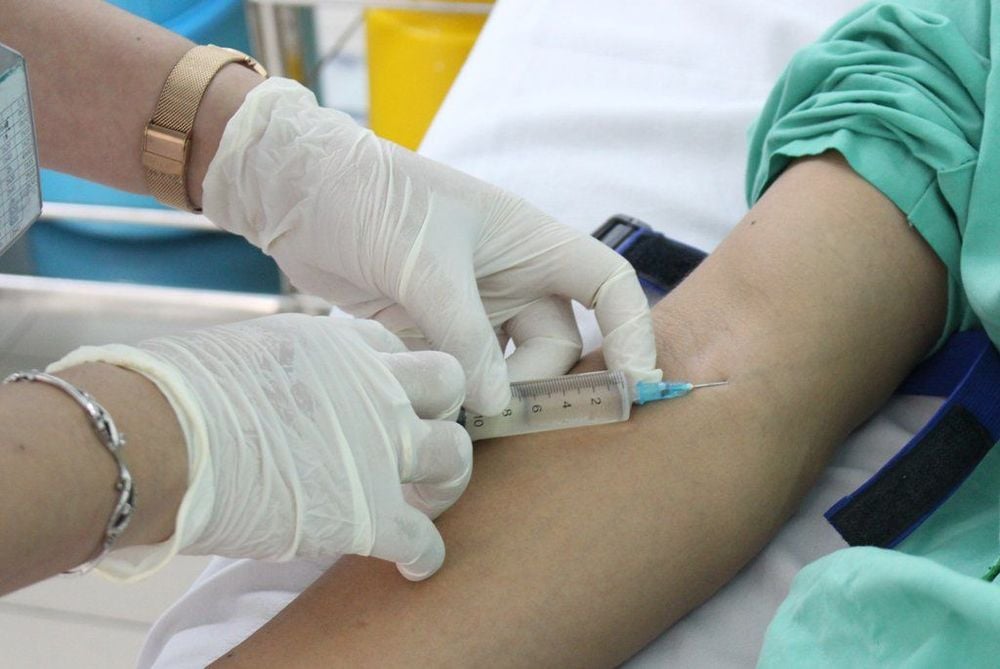
Tiêm thuốc mê tĩnh mạch để duy trì mê cho bệnh nhân
4. Monitor patients with laryngeal masks
The following points should be kept in mind when monitoring patients:Monitor depth of anesthesia based on heart rate, blood pressure, entropy, muscle relaxation (TOF 4) Monitor pulse, temperature, blood pressure, SpO2 Subject prevention of cases of wrong position, retraction, flexion, obstruction of the laryngeal mask. Criteria for removing the laryngeal mask include:
Patient is awake, opens his eyes naturally, opens his mouth Raise his head for more than 5 seconds Self-breathe, frequency breathing within normal limits, stable vital signs TOF > 90% Body temperature over 35 degrees C No complications of anesthesia and surgery Dr. Duc Thong has 14 years of experience in the field of Anesthesia and Resuscitation. Especially, with 12 years working at the Department of Anesthesiology and Resuscitation at C Da Nang Hospital, Dr. Thong has extensive experience in the field of Anesthesia and resuscitation for elderly patients with many comorbidities and serious illnesses. surgery; helping many heavy and complicated surgeries to be successful. Currently, he is an anesthesiologist at the Department of General Surgery - Vinmec Da Nang International General Hospital.
For detailed advice, please visit Vinmec medical system or book an online examination HERE.





